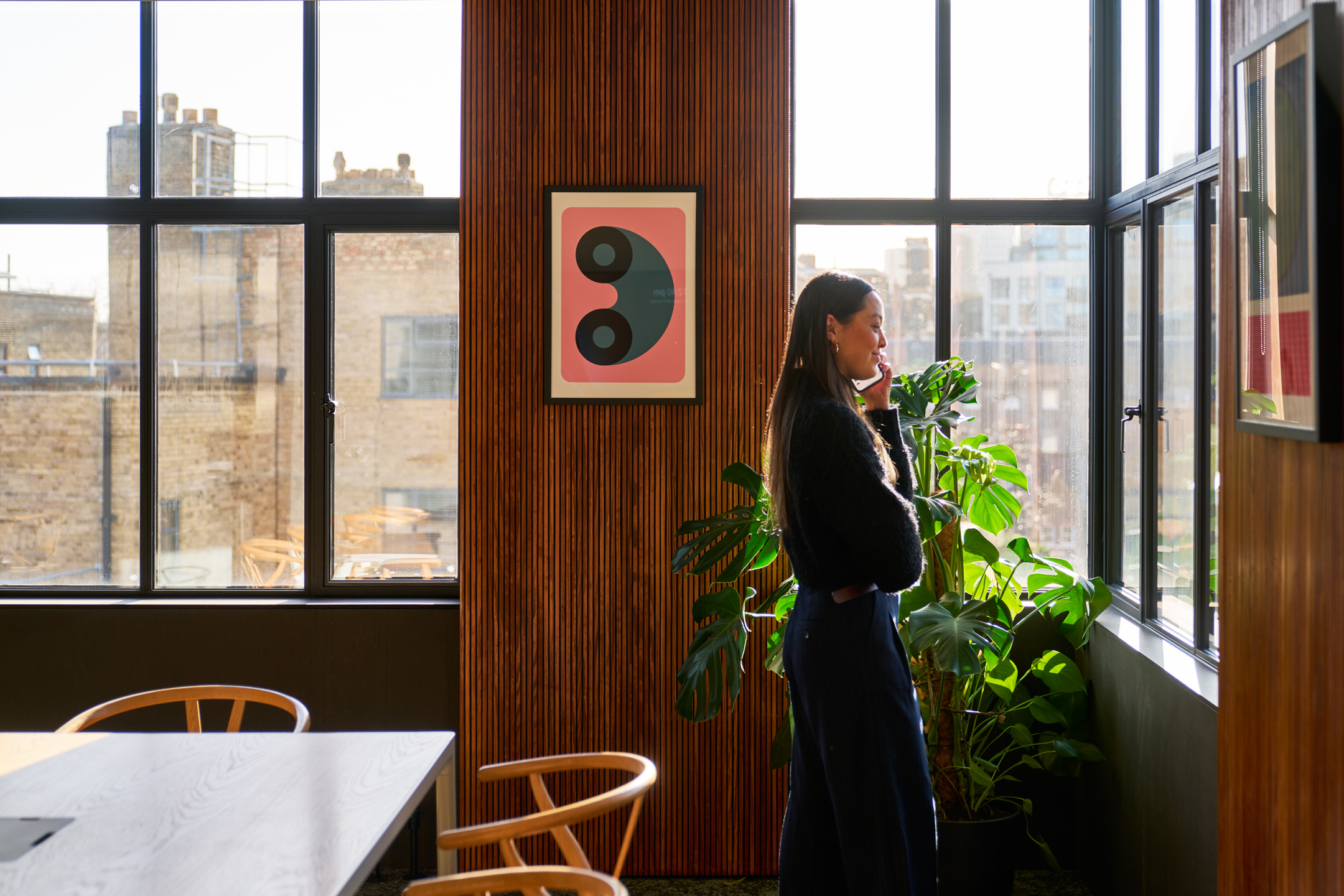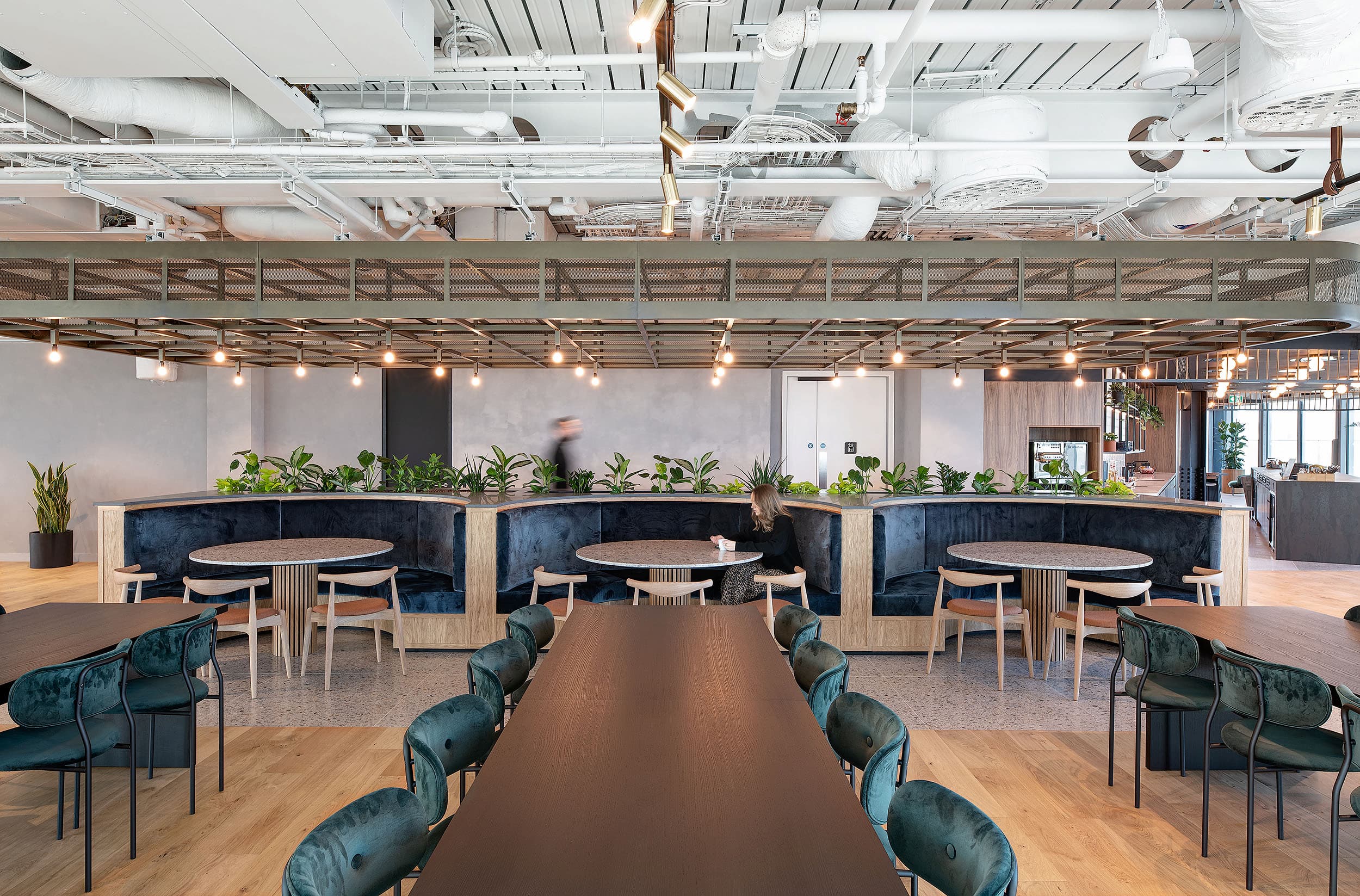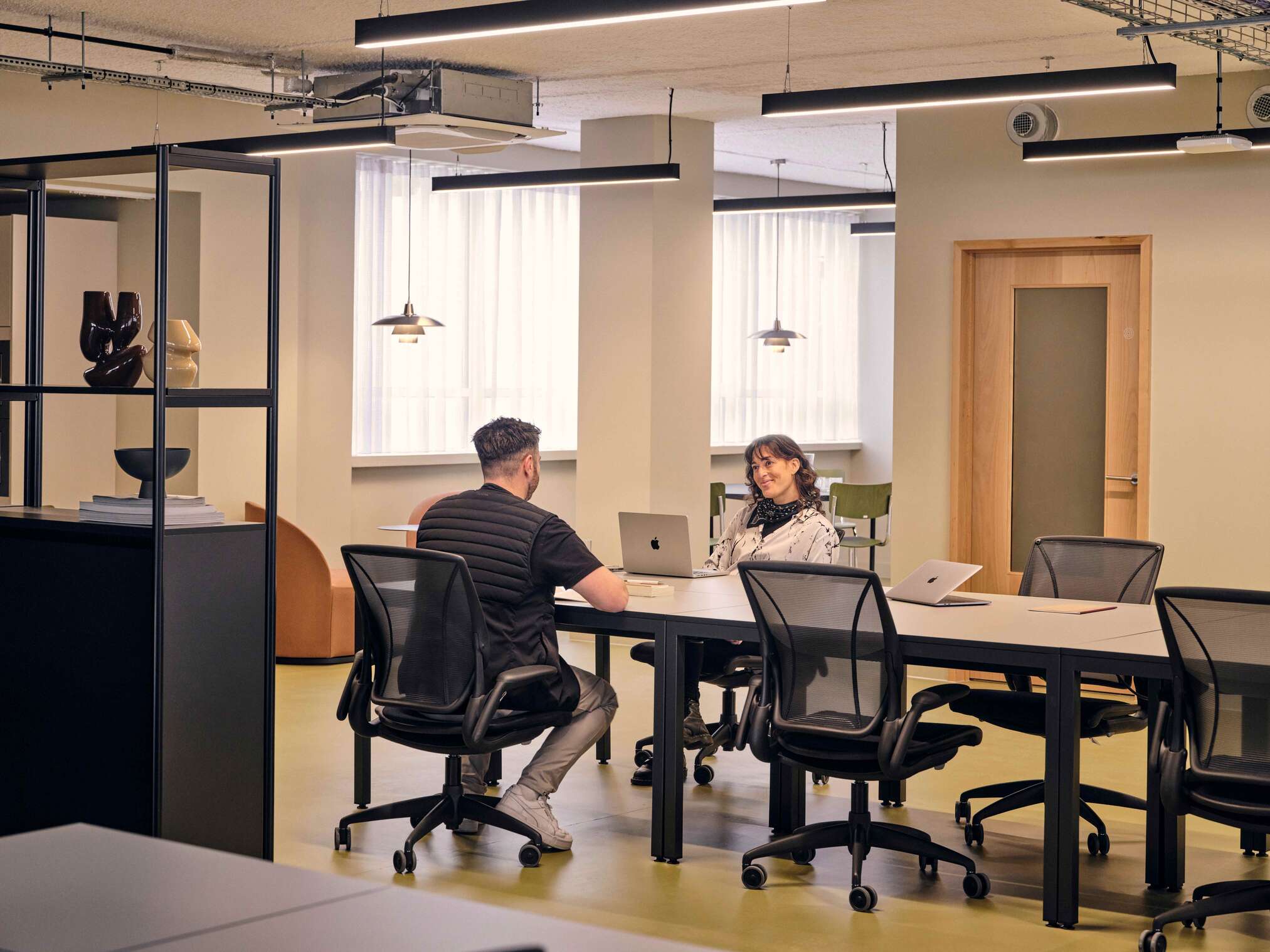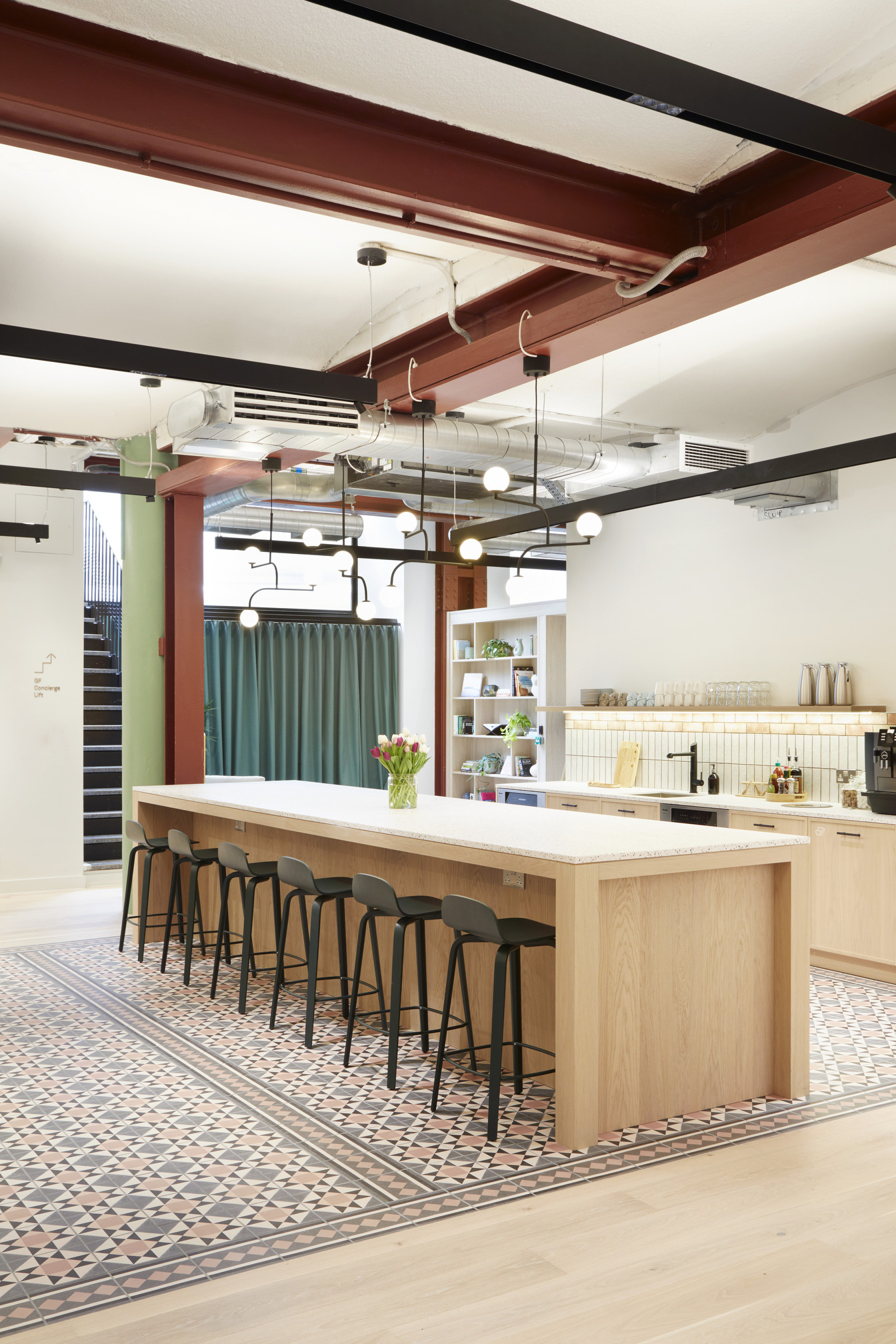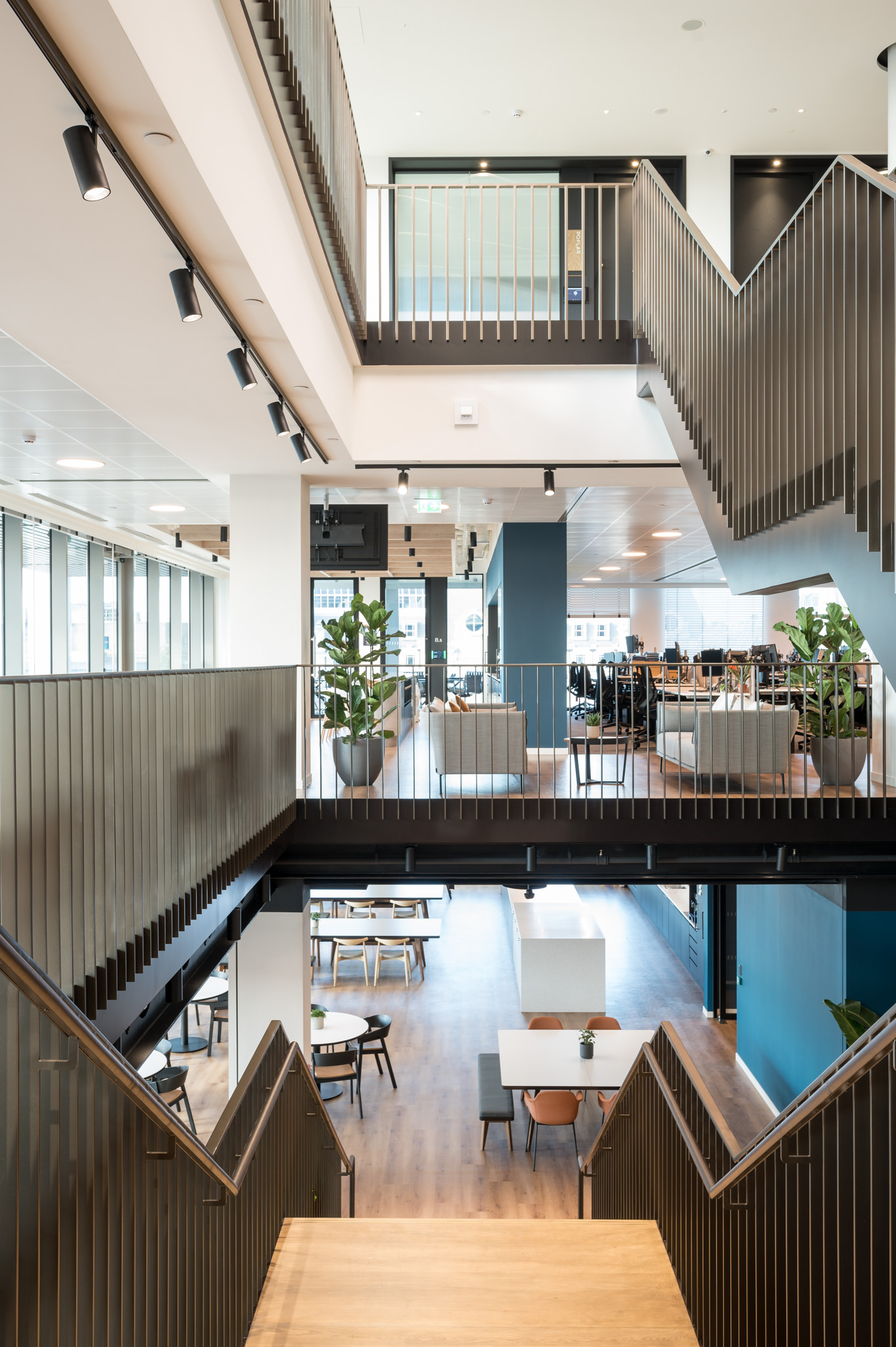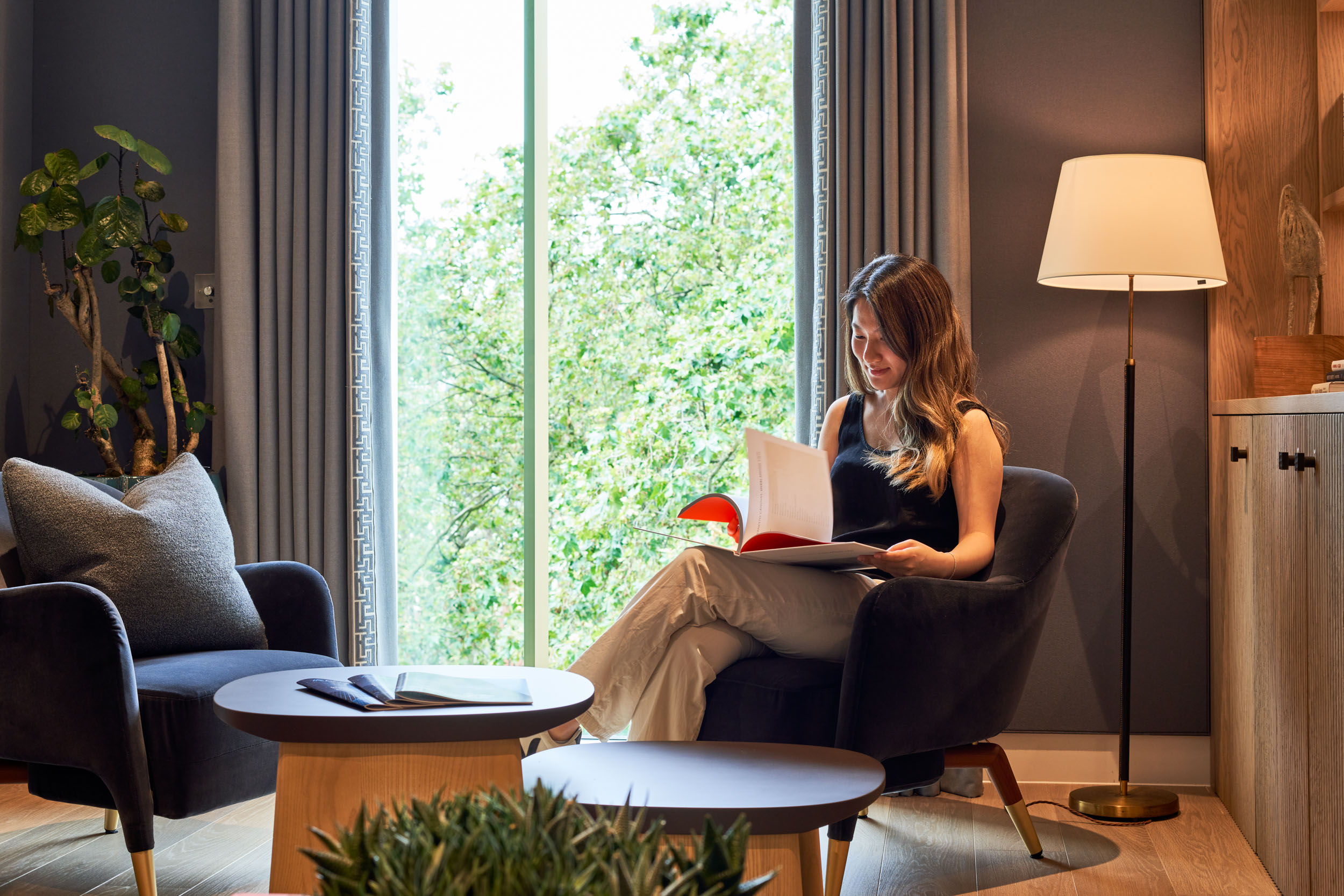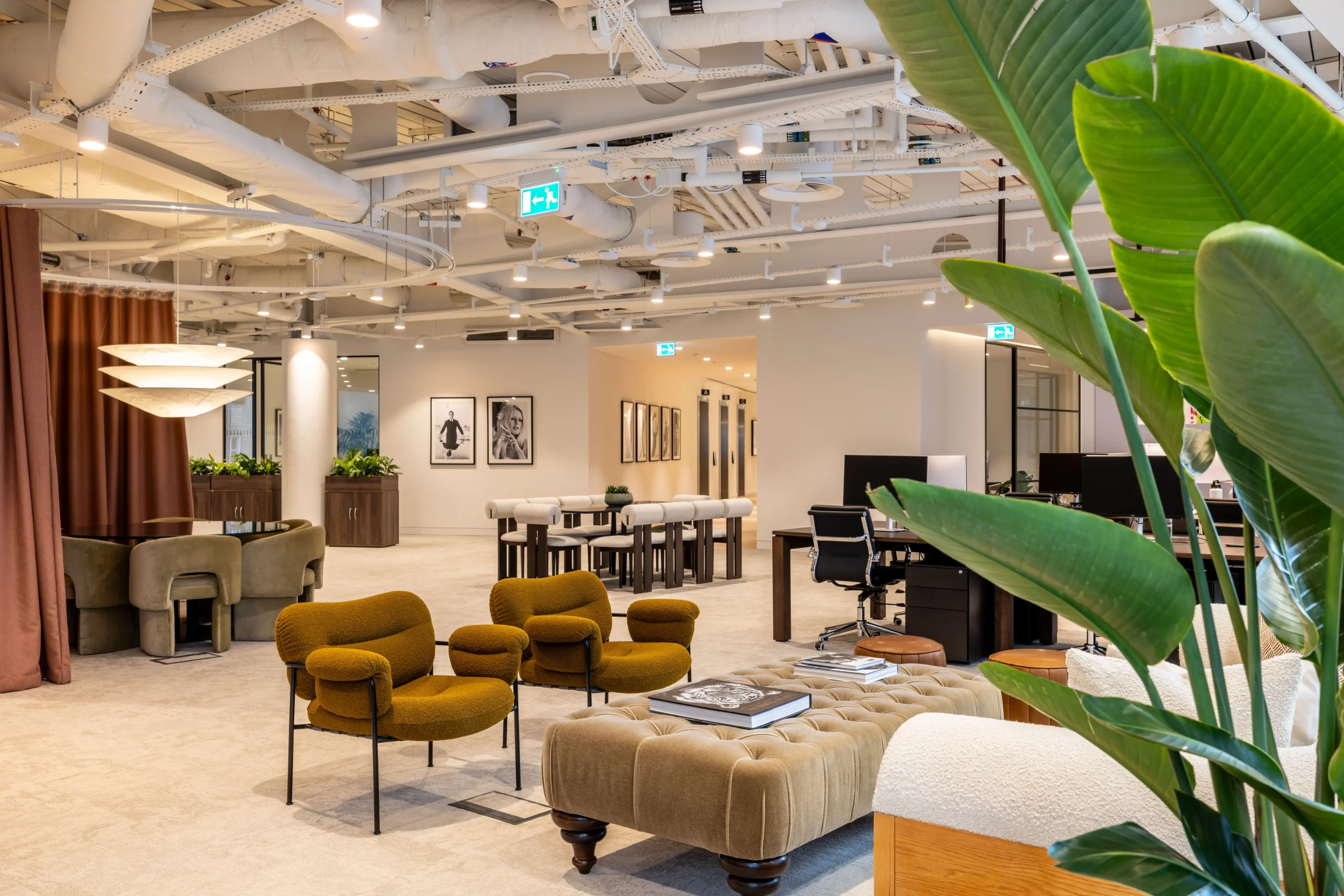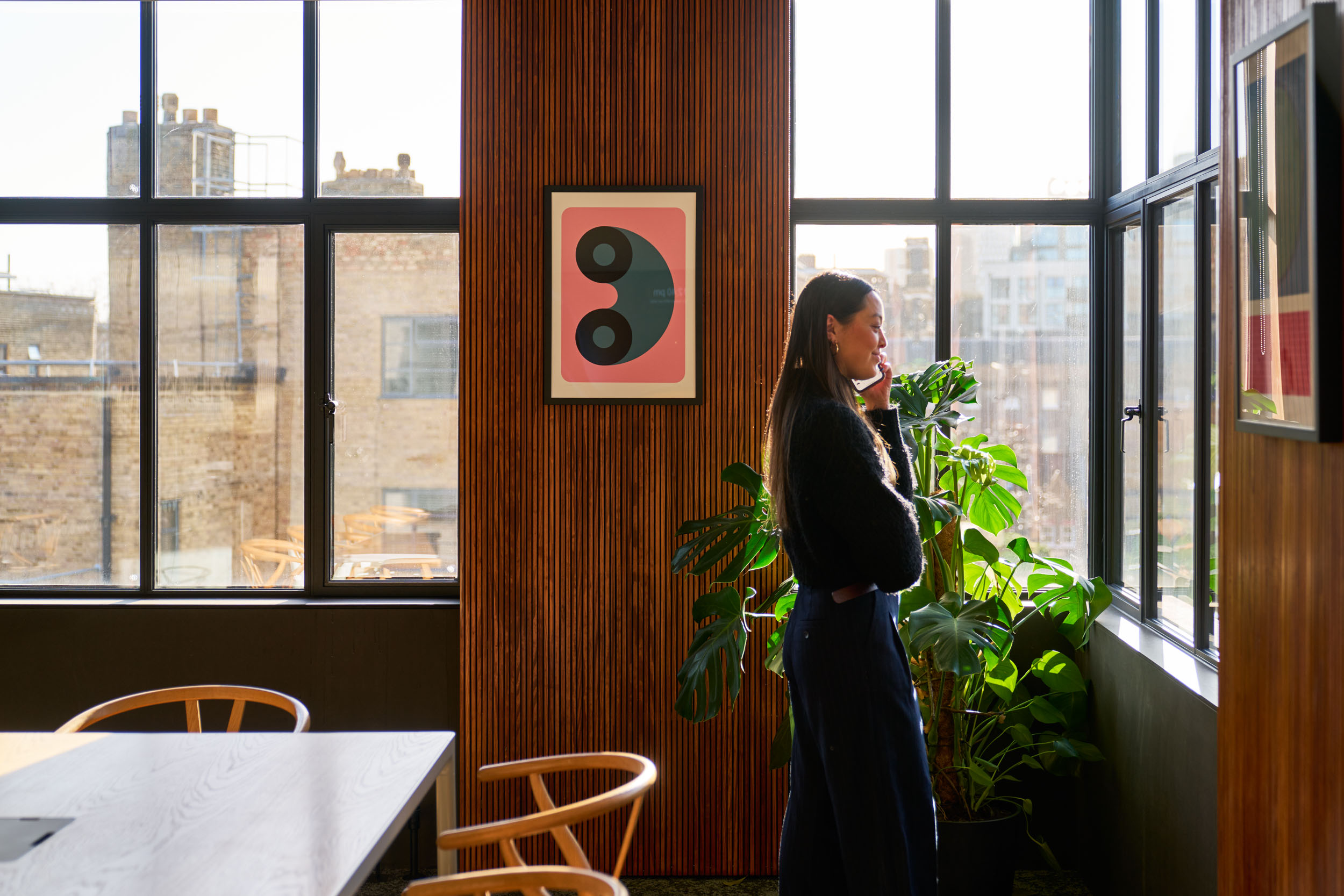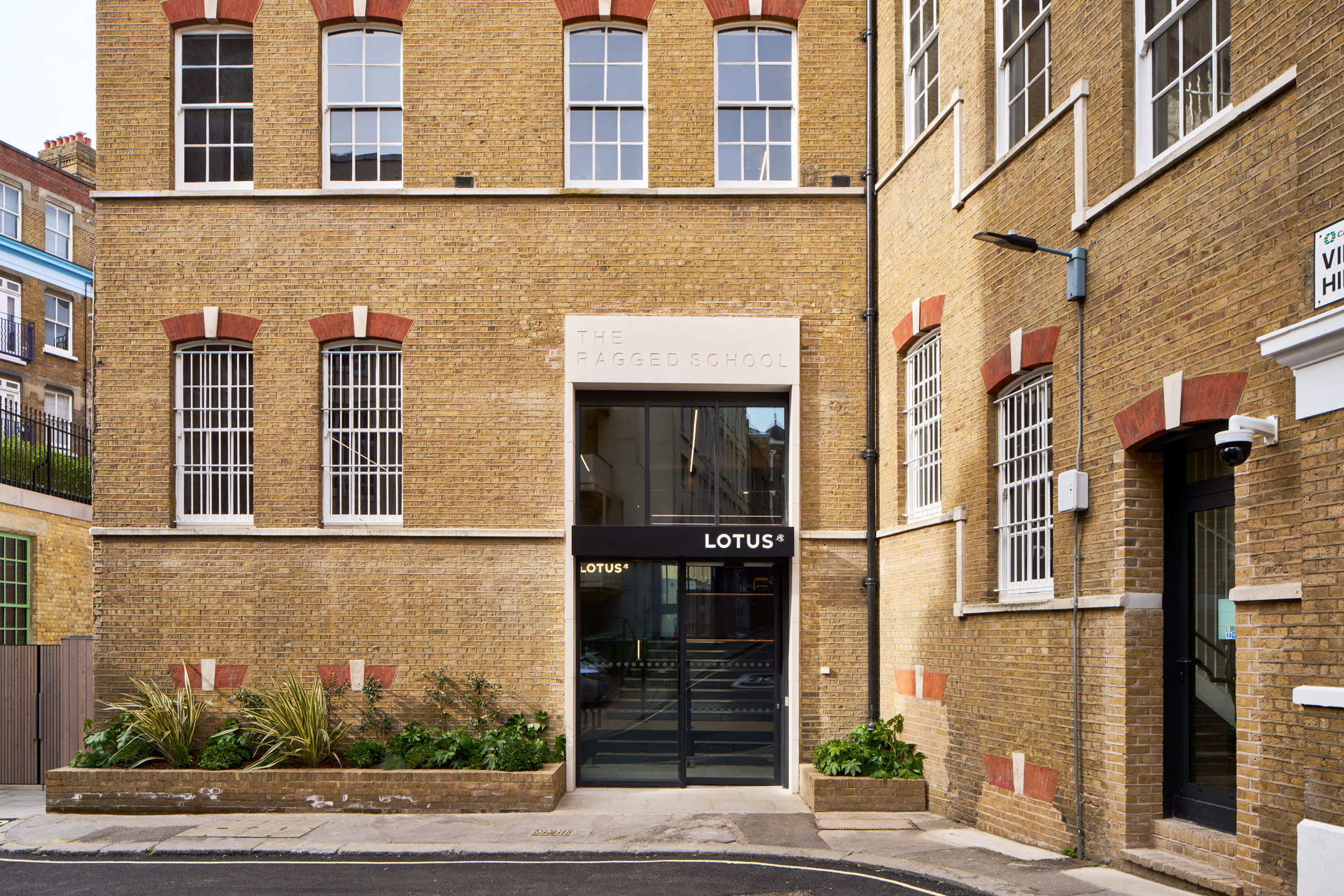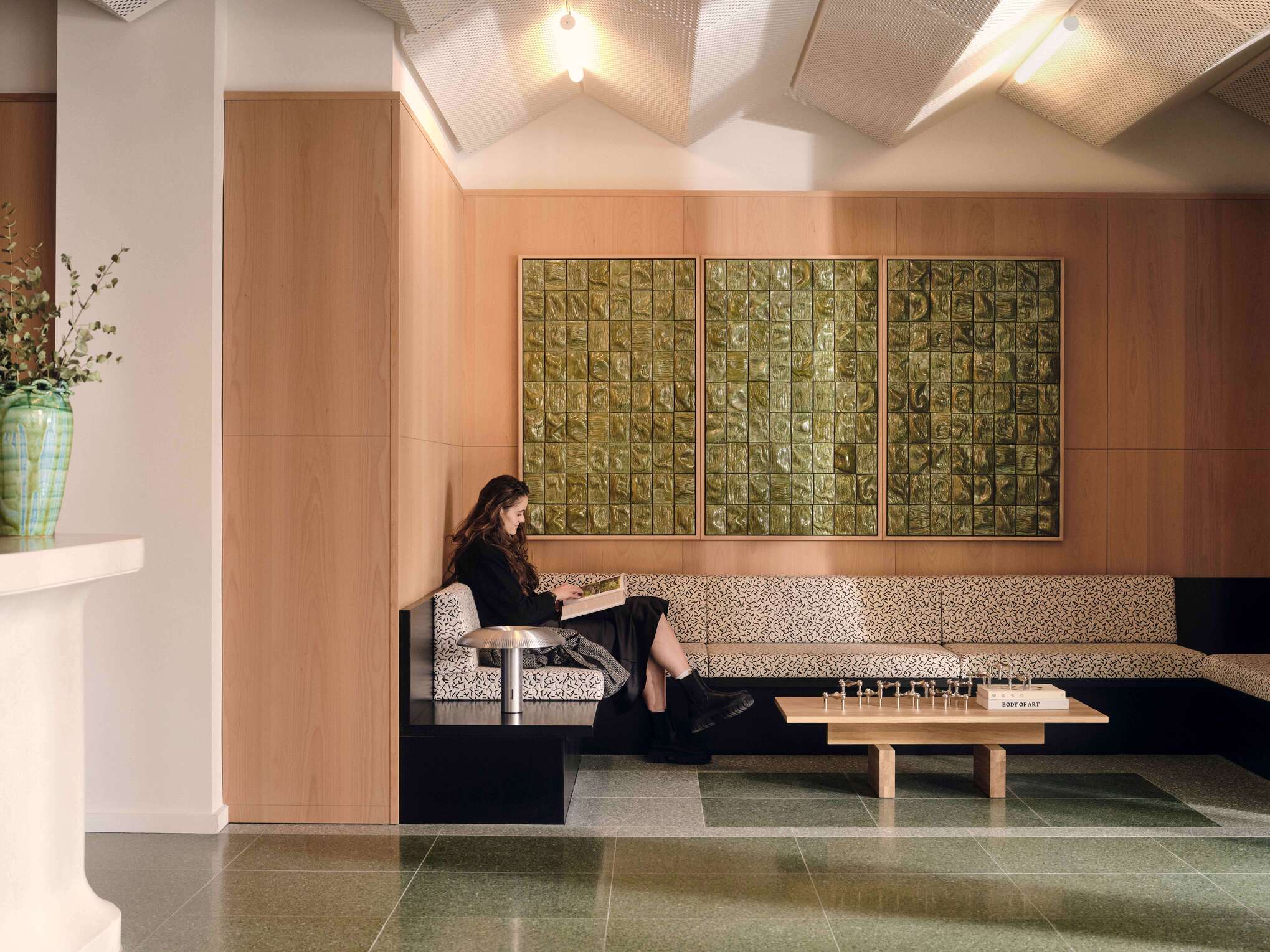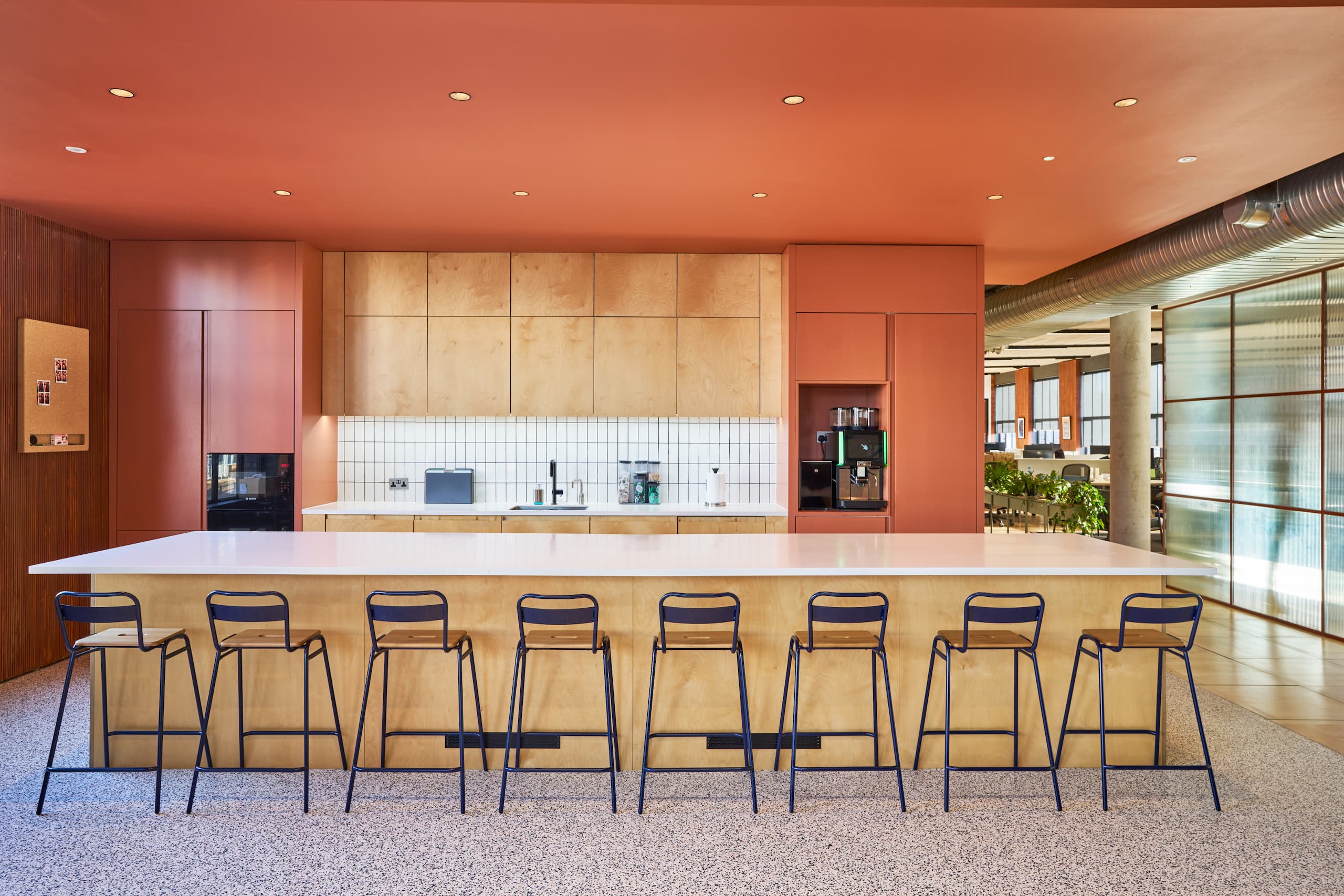The Rise of the Purpose Driven Workplace
Dive into insights from The Workplace Summit 2023, where we unpack the future of work in a post-pandemic world. This article takes you through the shift towards flexible work models, the rising voice of employees, and a fresh focus on wellness, diversity, and green practices. See how blending digital and physical environments is reshaping knowledge sharing, and what it means to design a purpose driven workplace that truly connects and inspires. It’s a transformation of space, where people, purpose, and place come together in new and meaningful ways.
People: Work, Culture, and Community
The pandemic has rewritten the rulebook of work, reshaping our physical spaces and the essence of workplace culture and community. The Workplace Summit highlighted the shift towards hybrid work models, the rising power of employees, and the imperative of health and diversity in the workplace.
The difference between explicit and implicit knowledge becomes crucial in the hybrid workspace. Explicit knowledge can be easily documented and shared, while implicit knowledge comes from personal experience and is more challenging to capture remotely. Companies should encourage both types of knowledge sharing, using methods like mentorship, virtual workshops, and social interactions to ensure employees develop skills and expertise effectively.
Delivering positive social impact through real estate requires a holistic approach, including promoting sustainability, encouraging innovation, and building inclusive cultures. A purpose driven workplace goes beyond function, it aligns real estate with the ESG framework and the UN Sustainable Development Goals to create spaces that drive economic value and contribute to social wellbeing.
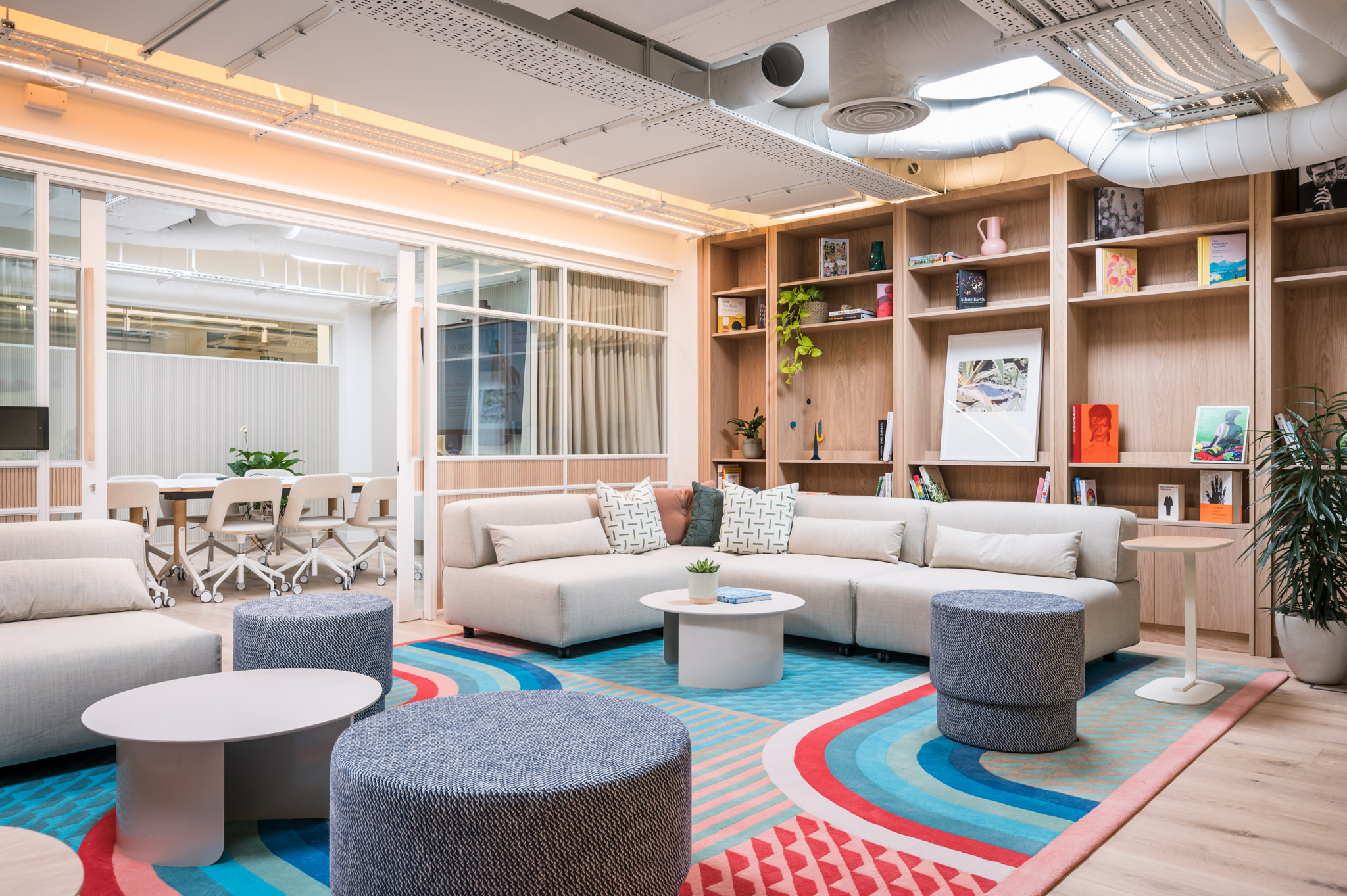
Hybrid Working
The shift towards hybrid working requires a reimagining of the workplace experience. Components such as inclusive design, leadership, culture, and technology play important roles in creating a seamless hybrid ecosystem. Addressing technology frustration is essential, as well as ensuring that office spaces align with the evolving needs of remote and in-person collaboration.
Integrating technology into the physical workspace offers opportunities to enhance the virtual experience, bridging the gap between remote and on-site employees. By embracing tools that facilitate communication, collaboration, and productivity, companies can create an environment where employees feel connected and empowered, regardless of location.
Purpose: Experience Destinations and Operationalising Workplace Experience
Amenity, aggregation, and serendipity emerged as critical drivers of value and purpose in workplace design. Learning from experience destinations, organisations can create spaces that incorporate people, purpose, and place and cultivate a sense of community and belonging.
Operationalising the workspace experience requires a strategic placemaking approach centred on thoughtful design and optimal location. Connectivity, accessibility, and sustainability are crucial elements that enable seamless integration with the urban fabric. To support a purpose driven workplace, flexibility and informal interactions must be prioritised over rigid structures. This approach promotes collaboration, innovation, and growth, leading to vibrant, inclusive, and operationally efficient environments.
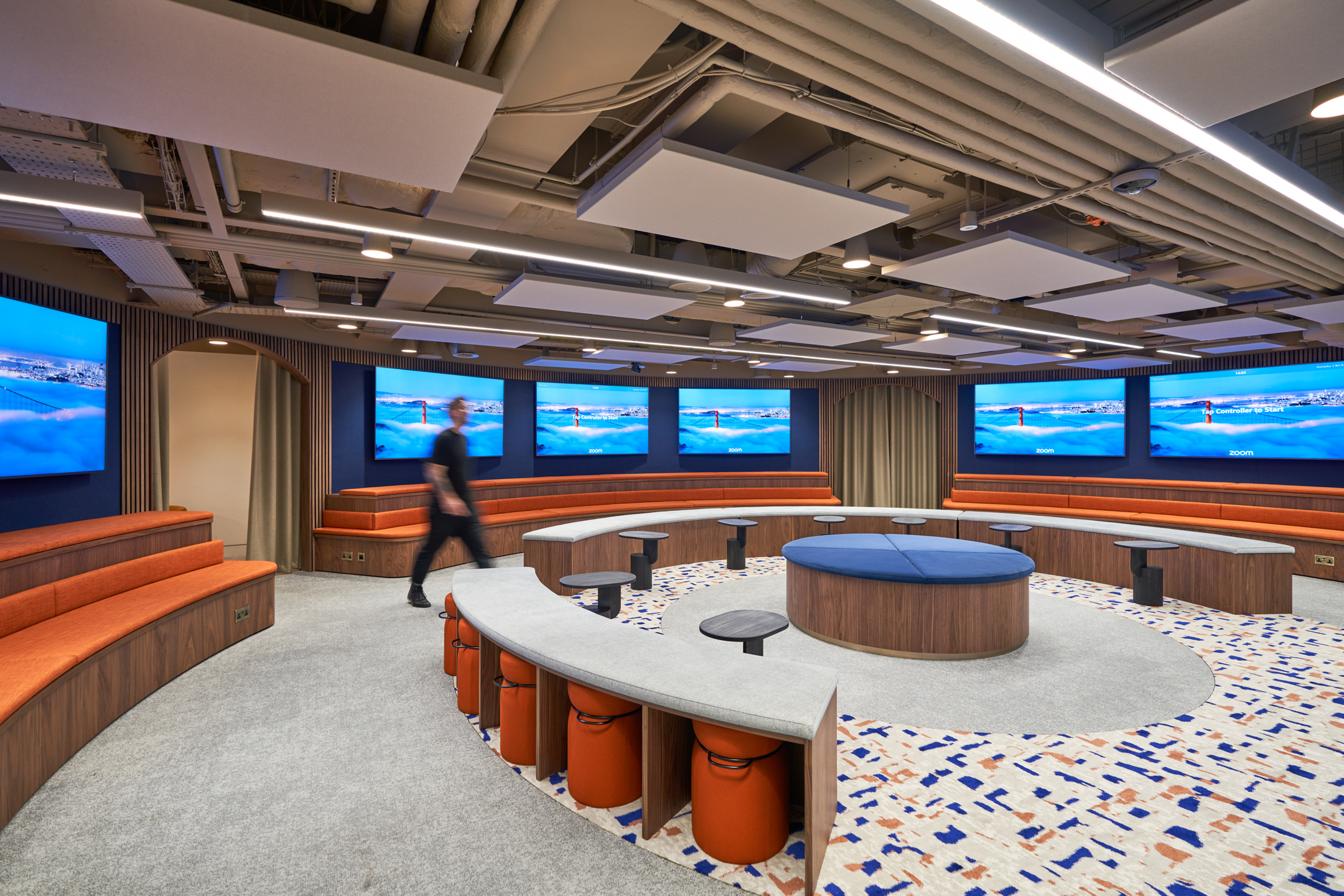
Place: Evolution of Buildings and Cities
The evolution of buildings and cities plays a crucial role in shaping human health and wellbeing. Cities have transformed from simple settlements to complex, interconnected hubs of innovation and culture.
Ecosystems and communities play a pivotal role in the evolution of cities, as they shape the social framework and contribute to the overall vibrancy of urban life. By embracing diversity and designing spaces that support interaction, a sense of belonging and collaboration, organisations can create environments that meet functional needs and enrich the lives of individuals and strengthen the bonds within communities.
A purpose-driven workplace doesn’t exist in isolation, it is part of a wider urban fabric that should respond to environmental pressures, promote resilience, and reflect the values of those who use it.
It is essential to approach the evolution of buildings and cities holistically, considering the dynamic interplay between physical and virtual interfaces, the ecosystems they support, and the communities they nurture. By doing so, we can create sustainable, inclusive, and resilient urban spaces that respond to the modern world’s ever-changing needs.
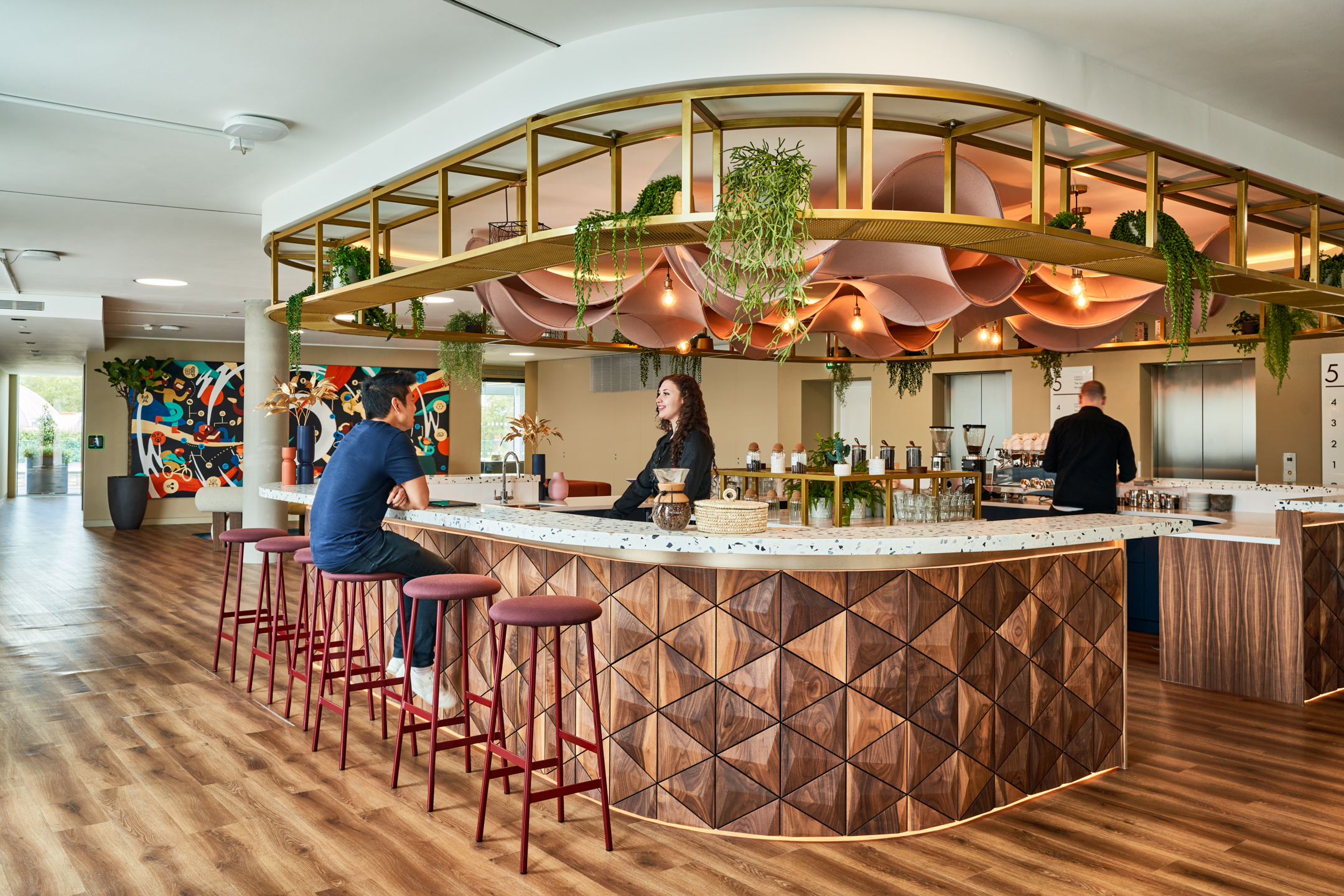
As we navigate the complexities of the modern workplace, one thing remains clear: the importance of connecting people, purpose, and place. Whether through hybrid work models, inclusive design, or rethinking the role of the office, the rise of the purpose-driven workplace signals a new chapter in how we work, connect, and thrive.
